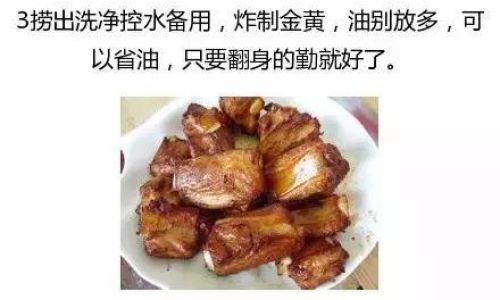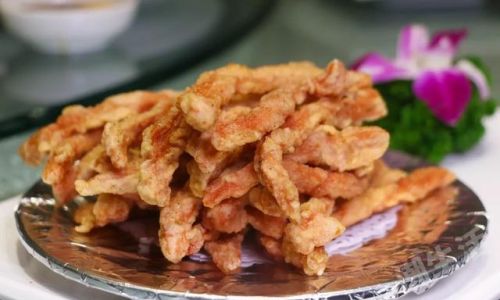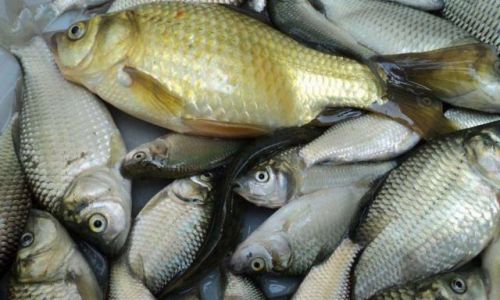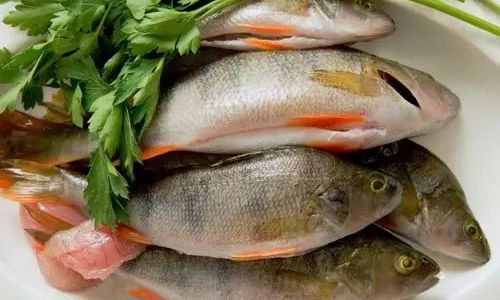Deep-frying is a culinary technique that has captivated taste buds across the globe for centuries. From crispy chicken wings to golden-brown French fries, the allure of perfectly deep-fried food lies in its ability to deliver a delightful combination of textures and flavors. Achieving that perfect crunch, however, requires more than just submerging food in hot oil. It necessitates a meticulous understanding of the science behind deep-frying, as well as a few tried-and-true techniques to ensure your dishes are not only crispy but also delicious. In this comprehensive guide, we’ll delve into the intricacies of how to make your deep-fried foods stand out, offering insights into ingredient selection, preparation methods, oil management, and even post-frying techniques to keep your creations at their crispiest best.

Understanding the Science Behind Crispiness
Before diving into the specifics of how to deep-fry, it’s crucial to grasp the fundamental principles that contribute to the crispiness of fried foods. Crispiness is primarily a result of the Maillard reaction and the formation of a stable, porous structure in the food’s exterior.
-
Maillard Reaction: This is a chemical reaction between amino acids and reducing sugars in the presence of heat, which creates browned compounds and gives fried foods their characteristic aroma and flavor. The Maillard reaction occurs at temperatures between 280°F to 350°F (138°C to 177°C), making it essential to maintain your oil within this range for optimal results.
-
Porosity and Moisture Content: A crispy exterior is achieved when moisture is rapidly driven out of the food, leaving behind a network of tiny air pockets that form a stable, crunchy layer. This requires that the food be properly dried before frying to minimize the amount of water that can turn into steam and soften the crust.
Ingredient Selection and Preparation
The journey to crispy, delicious deep-fried food begins with careful selection and preparation of ingredients.
-
Choosing the Right Oil: The type of oil you use can make a significant difference. Oils with high smoke points, such as peanut oil, canola oil, or refined avocado oil, are ideal for deep-frying because they can withstand high temperatures without smoking or breaking down, which could impart unwanted flavors. Avoid using olive oil or butter for deep-frying, as their lower smoke points can lead to smoking and burnt flavors.

-
Quality of Ingredients: Fresh, high-quality ingredients are crucial. For example, using stale flour or old potatoes will yield inferior results. Fresh ingredients retain more moisture and natural sugars, enhancing both the Maillard reaction and the overall taste.
-
Proper Drying: As mentioned, moisture is the enemy of crispiness. Before frying, thoroughly pat your ingredients dry with paper towels or a clean kitchen cloth. For vegetables, you might even consider blanching them first and then drying them thoroughly to remove excess water.
-
Breading and Coating: A well-executed breading or coating can add layers of flavor and texture. Options range from simple flour dredges to more complex batters and crumbs. When using flour, consider adding a small amount of baking powder or baking soda, which releases carbon dioxide upon heating, creating additional lift and porosity. For a gluten-free option, rice flour, almond flour, or a blend of starches can be used.
Oil Management: Temperature and Freshness
The oil you use for frying is your most critical tool, and managing it properly is paramount.
-
Maintaining the Right Temperature: Use a deep-fry thermometer to ensure your oil stays within the optimal frying range. Start with a slightly lower temperature and gradually increase it as needed. This helps prevent the oil from cooling down too much when you add cold food, which can lead to soggy results.

-
Avoiding Overuse: Oil breaks down over time and repeated use, leading to off-flavors and a darker color. Fresh oil will yield crisper results. To extend the life of your frying oil, filter it through a fine-mesh strainer after each use to remove food particles and debris.
-
Neutralizing the Oil: If you notice your oil starting to develop unwanted flavors, you can “neutralize” it by frying a handful of sliced white bread or a piece of raw potato until it turns golden brown. This will absorb impurities and help restore the oil’s clarity and flavor.
Deep-Frying Techniques
Now, let’s dive into the specific techniques for achieving that perfect crunch.
-
Crowding the Pot: It’s tempting to fry as much food as possible at once, but overcrowding the pot will lower the oil’s temperature, leading to greasy, soggy results. Fry in small batches to maintain the oil’s temperature and ensure even cooking.
-
Double Frying: For extra-crispy results, consider double-frying. This involves frying the food at a lower temperature (around 300°F or 149°C) for a few minutes to cook it through, then letting it cool slightly before frying again at a higher temperature (around 375°F or 190°C) until golden brown and crispy. This method is particularly effective for items like chicken wings and French fries.

-
Using a Basket: A deep-frying basket can make the process easier and safer, especially when dealing with small pieces of food that might be difficult to retrieve from hot oil. It also helps to keep the oil cleaner by minimizing the amount of food particles that fall into it.
Seasoning and Serving
Once your food is fried to perfection, don’t neglect the final touches that can elevate it from good to great.
-
Immediate Seasoning: As soon as the food comes out of the oil, season it while it’s still hot. Salt is the most common seasoning, but you can also experiment with spices, herbs, or even a light dusting of powdered sugar for dessert items. The heat from the food will help the seasoning stick better.
-
Draining Excess Oil: Place your fried food on a wire rack or paper towels to drain any excess oil. A wire rack is preferable because it allows the bottom of the food to stay crisp rather than becoming soggy from sitting on absorbent material.
-
Serving Temperature: Serve your deep-fried foods immediately while they’re still hot and crispy. The longer they sit, the more they will lose their crunch.

Post-Frying Techniques
Even after serving, there are a few tricks to keep your fried foods at their best.
-
Maintaining Heat: If you’re serving a large group, consider using a chafing dish or keeping the food in a warm oven (set to a low temperature, around 200°F or 93°C) to prevent it from cooling and losing crispiness.
-
Reheating: If you need to reheat fried food, do so gently. The microwave is usually not ideal because it can make food soggy. Instead, use an oven or toaster oven at a low temperature, or re-fry briefly in fresh, hot oil.
Conclusion
Mastering the art of deep-frying takes time, patience, and a willingness to experiment. By understanding the science behind crispiness, carefully selecting and preparing your ingredients, managing your oil effectively, and employing the right techniques, you can transform simple ingredients into extraordinary dishes that delight the senses. Remember, the key to success is consistency and attention to detail. With practice, you’ll soon be able to create crispy, delicious deep-fried foods that rival even the best restaurants. Happy frying!






0 comments